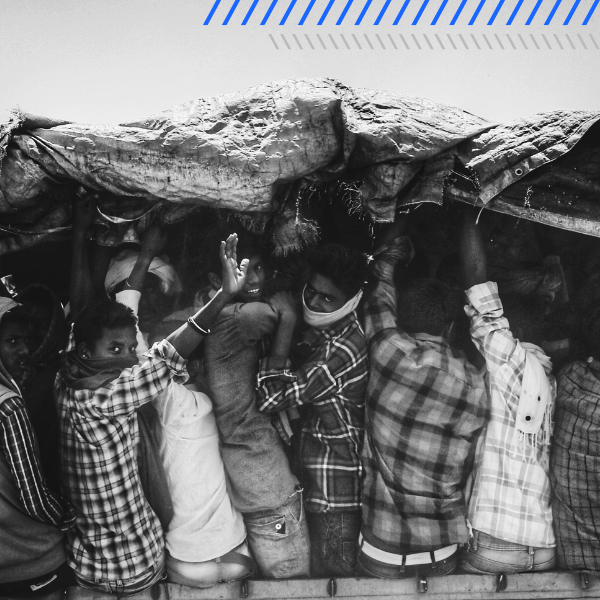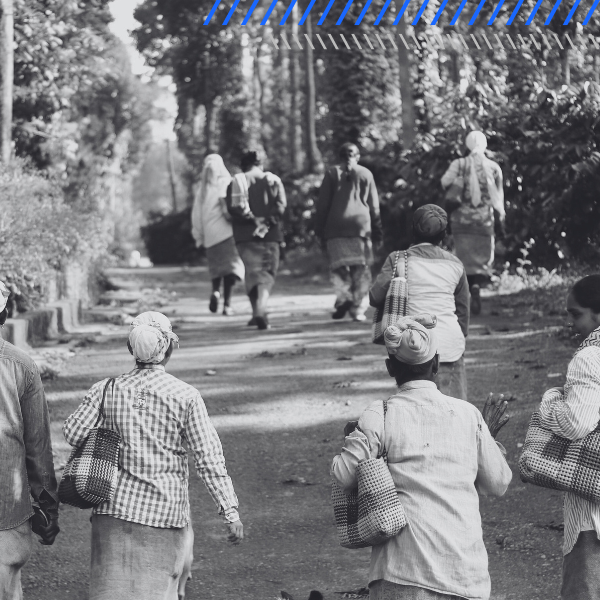Dealing with one of the most devastating pandemics in modern history wasn’t a risk any firm had considered when planning for the year. But as the pandemic hit, how prepared were firms to manage their workforce and guide their stakeholders through the crisis?
Periods of change also provide opportunities to reimagine what’s possible. Over the past year, what steps have firms in labor intensive industries been taking to address any organizational vulnerabilities exposed by the pandemic, introduce new innovations, and build back with more resilience and focus on worker wellbeing?
In March 2020, a nation-wide lockdown in India to control the virus triggered myriad issues and taught us all about the deeply entwined interdependencies between business, workers and government actions. Firms were forced to temporarily close, or for many smaller businesses to permanently shut down, putting an estimated 122 million Indian workers out of work just during the period of the lockdown.
The garment manufacturing industry was particularly hard hit. As part of the Rebuilding Resilience topic of GBL Access Series 1, we explore the impacts on the global fashion supply chain, garment workers and their networks, and lessons firms can learn to build back with more resilience in preparation for future crises. Our first of many writing partnerships has been with Hong Kong based The Mills Fabrica, where we discuss what firms have faced, and how technology can play a role in the long term recovery.
We also leverage the expertise we are fortunate to have access to within our network of partners, including Charles Bodwell, Enterprise Specialist for Asia Pacific at the International Labour Organization (ILO), who sat down (over Zoom) with GBL Co-Founder Anant Nyshadham, to discuss the scale of the pandemic on not just garment manufacturing firms, but on labor-intensive industries and their workforce, covering topics including worker skilling, factory improvements, and the importance of multi-organizational collaboration.
Informal workers were perhaps the most affected group by the pandemic and the resultant economic crisis. A survey by Action Aid showed that 80 percent of the country’s informal workers lost their jobs during the time as smaller firms temporarily closed or permanently shut down. Most of the cities’ workforce which comprised migrant workers, left the cities. As COVID-19 cases in Indian cities rise again, we wrote a forward-looking article about the lessons learnt and what individual firms and governments can do in the future to avoid a similar exodus of workers from our urban centers for The Wire.
Have any questions or thoughts on the article? Write to us at info@goodbusinesslab.org.


